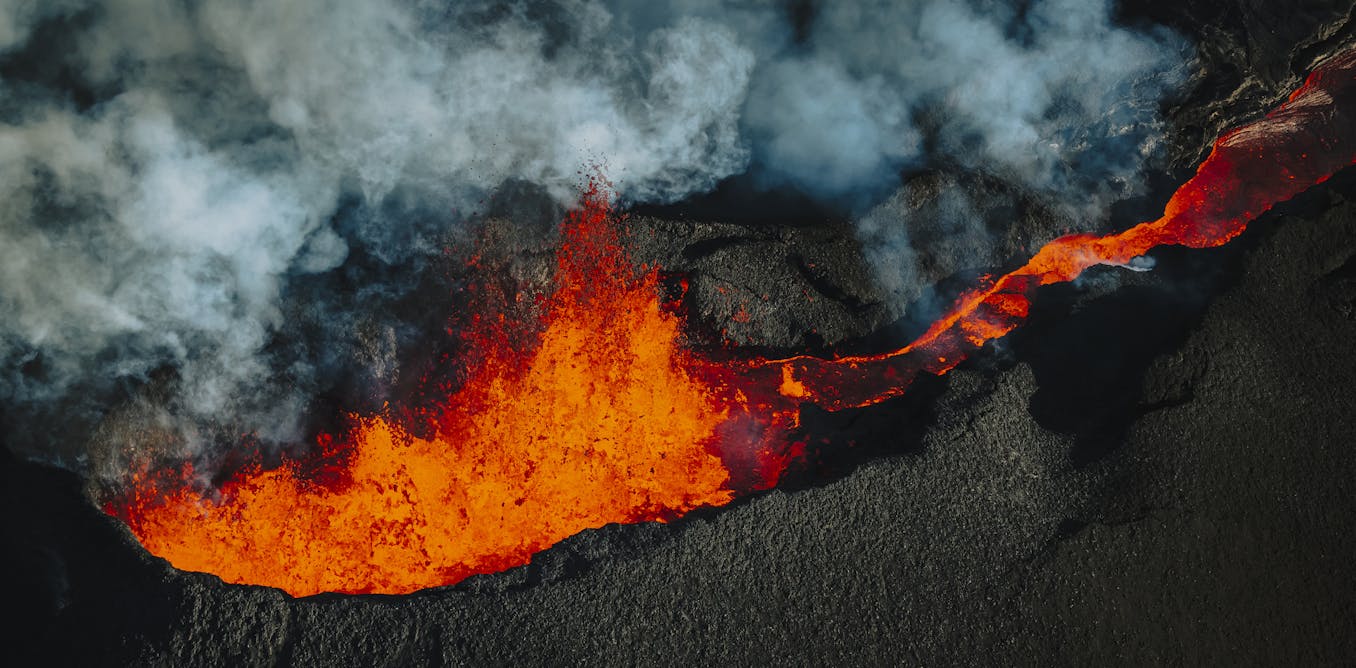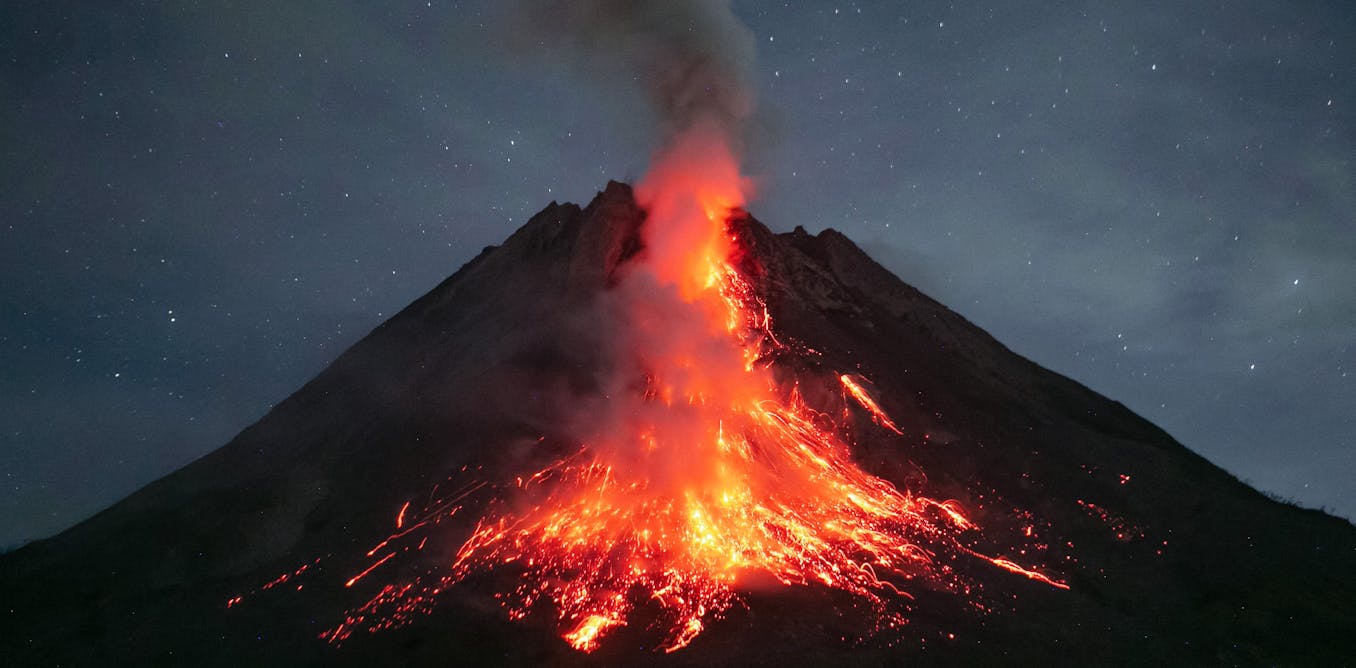
Living near the fire – 500 million people worldwide have active volcanoes as neighbors
For some people, it’s a choice based on cultural beliefs or economic opportunities provided by the volcano. Other times it’s less a choice than the only option.
July 13, 2023 • 7 min • Source
The thought of living near an active volcano probably sounds like an unimaginable risk to you – and rightly so. An active volcano is never safe and can turn a forested hillside into a lifeless wasteland in a matter of seconds . From molten avalanches of rock to razor-sharp lung-shredding ash , volcanoes threaten people’s lives and property.
Yet 500 million people worldwide live and work under the shadow of active volcanoes. As a geologist who’s studied many volcanoes over the years, I’ve come to realize it’s naïve to ask, “Why don’t these people just move to less risky places?”
Their motivations range widely. For some, strong cultural beliefs and traditions keep them in place. For others, volcanoes offer significant economic opportunity. For the most vulnerable, poverty traps them in dangerous locations.
Whatever the reason, many people’s lives and welfare are so intimately linked with a volcano, moving elsewhere is unthinkable.
Centers of identity
Numerous cultures and Indigenous peoples revere volcanoes as places of worship, ritual and tradition that are celebrated for their power over fertility, life and sustenance.
For a number of religious traditions , Mount Fuji in Japan is a place where ancestral spirits congregate. It has been a symbolic and sacred site of pilgrimage for centuries . Every summer, thousands of people ascend through the clouds to reach the summit.
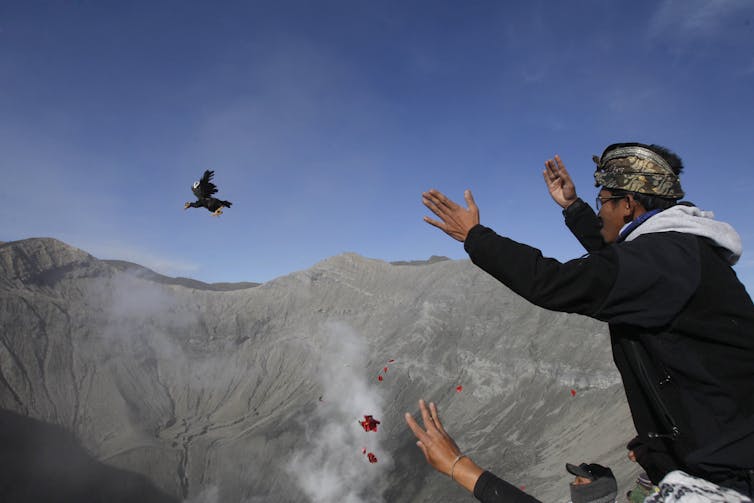
For the Tenggerese people on Java, Mount Bromo is a deeply sacred site – the abode of gods. Every year they hike up the volcano carrying agricultural products and livestock to be sacrificed during the Yadnya Kasada festival . Pilgrims gather at the rim to express gratitude and seek blessings with prayer, chanting and sacred offerings.
In Ecuador, the Quechua people follow a religion that combines pre-Columbian and Catholic elements . Local people see the Tungurahua volcano as a familiar but unpredictable matriarch who can offer support and guidance.
Economic opportunity
The land surrounding volcanoes often offers significant economic opportunity.
Volcanic soils are among the most fertile in the world . They contain essential minerals and nutrients such as iron, magnesium, calcium, potassium, phosphorus and trace elements that are essential for plant growth . They also have high organic matter content, good pH balance, high porosity and strong water retention, making them ideal for agriculture .
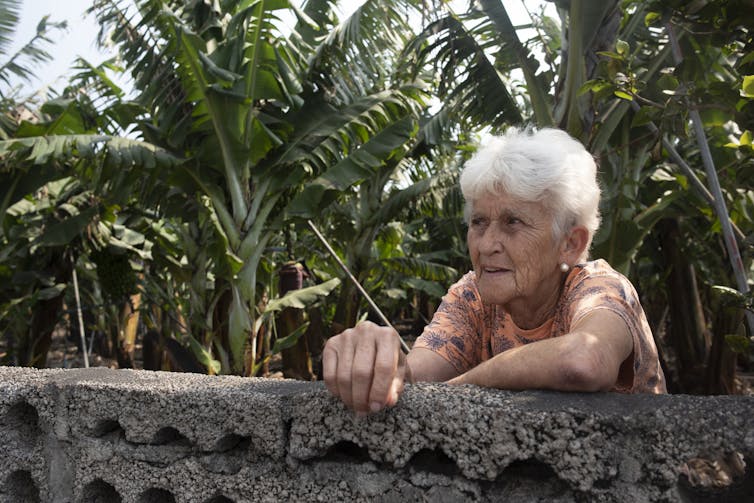
In addition, volcanic terrains often create unique microclimates that are ideal for growing high-value crops such as grapes , coffee and bananas .
Striking landscapes, unique geological features and the thrill of proximity draw tourists to active volcanoes worldwide . Visitors to sites like the Bromo Tengger Semeru National Park on Java, Mount Kilauea in Hawaii and Mount Etna on the island of Sicily can boost local economies and significantly enhance the livelihoods of residents.
Volcanic landscapes can also offer rich mineral resources such as gold, silver, amethyst and more. For example, the rich volcanic landscape around El Misti in southern Peru is valued for its industrially mined copper and other metals .
On Java, in Indonesia, miners still excavate bright yellow sulfur deposits from the active Kawah Ijen volcano crater floor using simple hand tools. They then carry the heavy blocks up the volcano’s steep walls to its rim .
Such extraction can stimulate economic growth and create jobs, but often the wealth is exported and lost to local communities that struggle financially.
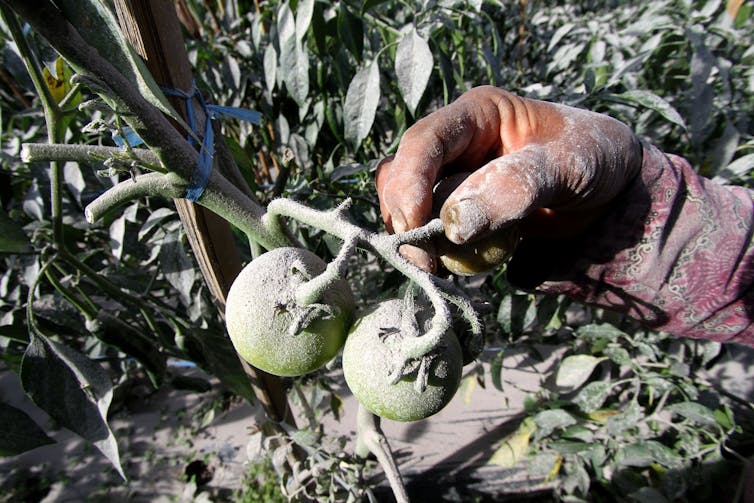
Low-cost land
Not everyone who lives next to a volcano does so by choice. Poverty can push and trap people there.
At Mount Merapi in Indonesia and Mount Mayon in the Philippines , two of the world’s most active volcanoes, subsistence farmers live and work on the steep slopes. Because they live closest to the eruption sites, these communities are particularly vulnerable, making rapid evacuation unlikely.
In 2010, 250 people were killed by searing gas clouds during an eruption of Mount Merapi. Despite the tragedy, many people who did survive stayed put because leaving their crops behind would mean financial ruin.
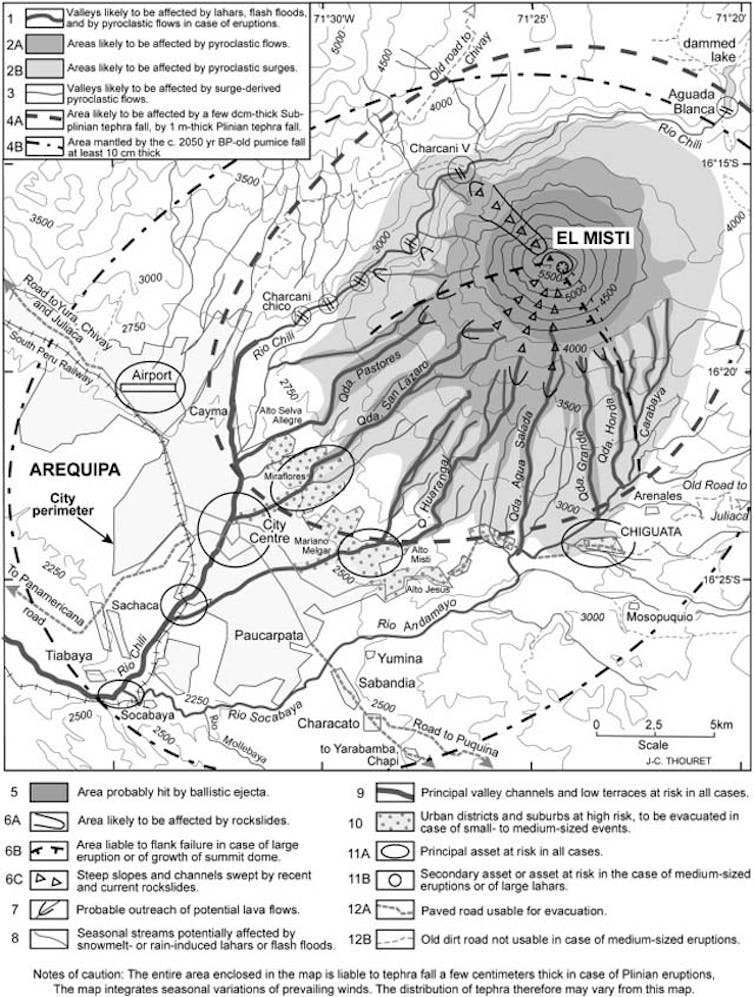
As scientists get better at predicting eruptions and likely paths of destruction , sometimes the danger of volcanoes can be mitigated with good communication and solid evacuation plans . Even so, life beside a volcano is a complex interplay of risk and reward – and one many cannot avoid.
David Kitchen does not work for, consult, own shares in or receive funding from any company or organization that would benefit from this article, and has disclosed no relevant affiliations beyond their academic appointment.

